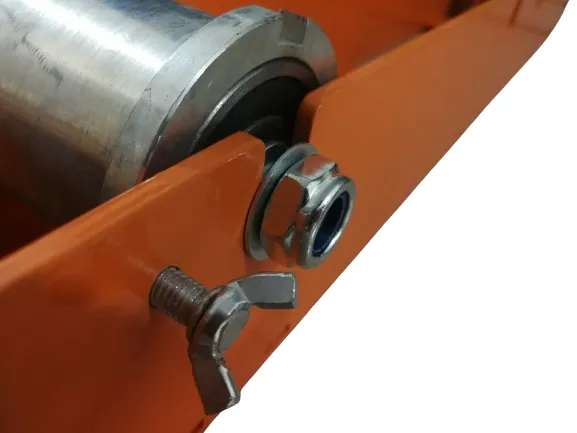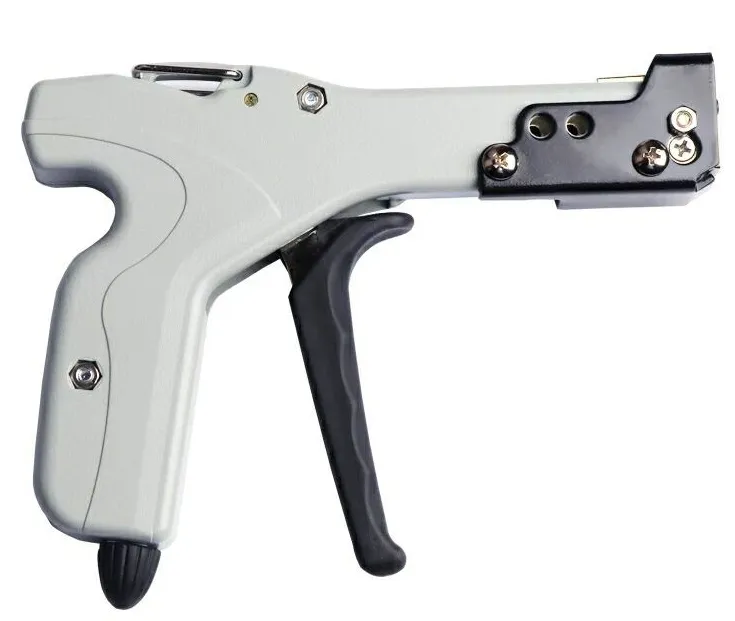
-
 Afrikaans
Afrikaans -
 Albanian
Albanian -
 Amharic
Amharic -
 Arabic
Arabic -
 Armenian
Armenian -
 Azerbaijani
Azerbaijani -
 Basque
Basque -
 Belarusian
Belarusian -
 Bengali
Bengali -
 Bosnian
Bosnian -
 Bulgarian
Bulgarian -
 Catalan
Catalan -
 Cebuano
Cebuano -
 Corsican
Corsican -
 Croatian
Croatian -
 Czech
Czech -
 Danish
Danish -
 Dutch
Dutch -
 English
English -
 Esperanto
Esperanto -
 Estonian
Estonian -
 Finnish
Finnish -
 French
French -
 Frisian
Frisian -
 Galician
Galician -
 Georgian
Georgian -
 German
German -
 Greek
Greek -
 Gujarati
Gujarati -
 Haitian Creole
Haitian Creole -
 hausa
hausa -
 hawaiian
hawaiian -
 Hebrew
Hebrew -
 Hindi
Hindi -
 Miao
Miao -
 Hungarian
Hungarian -
 Icelandic
Icelandic -
 igbo
igbo -
 Indonesian
Indonesian -
 irish
irish -
 Italian
Italian -
 Japanese
Japanese -
 Javanese
Javanese -
 Kannada
Kannada -
 kazakh
kazakh -
 Khmer
Khmer -
 Rwandese
Rwandese -
 Korean
Korean -
 Kurdish
Kurdish -
 Kyrgyz
Kyrgyz -
 Lao
Lao -
 Latin
Latin -
 Latvian
Latvian -
 Lithuanian
Lithuanian -
 Luxembourgish
Luxembourgish -
 Macedonian
Macedonian -
 Malgashi
Malgashi -
 Malay
Malay -
 Malayalam
Malayalam -
 Maltese
Maltese -
 Maori
Maori -
 Marathi
Marathi -
 Mongolian
Mongolian -
 Myanmar
Myanmar -
 Nepali
Nepali -
 Norwegian
Norwegian -
 Norwegian
Norwegian -
 Occitan
Occitan -
 Pashto
Pashto -
 Persian
Persian -
 Polish
Polish -
 Portuguese
Portuguese -
 Punjabi
Punjabi -
 Romanian
Romanian -
 Russian
Russian -
 Samoan
Samoan -
 Scottish Gaelic
Scottish Gaelic -
 Serbian
Serbian -
 Sesotho
Sesotho -
 Shona
Shona -
 Sindhi
Sindhi -
 Sinhala
Sinhala -
 Slovak
Slovak -
 Slovenian
Slovenian -
 Somali
Somali -
 Spanish
Spanish -
 Sundanese
Sundanese -
 Swahili
Swahili -
 Swedish
Swedish -
 Tagalog
Tagalog -
 Tajik
Tajik -
 Tamil
Tamil -
 Tatar
Tatar -
 Telugu
Telugu -
 Thai
Thai -
 Turkish
Turkish -
 Turkmen
Turkmen -
 Ukrainian
Ukrainian -
 Urdu
Urdu -
 Uighur
Uighur -
 Uzbek
Uzbek -
 Vietnamese
Vietnamese -
 Welsh
Welsh -
 Bantu
Bantu -
 Yiddish
Yiddish -
 Yoruba
Yoruba -
 Zulu
Zulu


TEL:
0086-311-88862036
Mar . 06, 2025 12:52 Back to list
duct rod
In the realm of electrical systems and installations, selecting the right components is crucial in ensuring the safety, efficiency, and longevity of the setup. An essential component often overlooked but fundamentally important is the earth rod with a clamp. Understanding its role and how to optimize its use in installations can significantly elevate one's expertise in electrical systems.
To enhance one's authority and expertise in this domain, keeping abreast of the latest advancements in grounding technology is indispensable. Innovations such as chemically charged grounding rods which improve conductivity, even in poor soil conditions, represent the cutting edge of grounding technology. Staying informed about these advancements not only positions one as an expert but also ensures the application of the most effective solutions. Trustworthiness in handling and selecting an earth rod with a clamp comes from proven experience and a commitment to quality. Ensuring that all components, from the rod to the clamp, adhere to international safety standards such as UL or IEC, is critical in maintaining high standards of safety and efficiency. A detailed approach in selecting materials, acknowledging environmental factors, and adhering to standards, projects reliability and builds trust with clients and stakeholders. An installation that demonstrates both expertise and trustworthiness is often characterized by thorough testing and validation. Employing precise measuring instruments to verify the resistance levels once the installation is complete ensures that the grounding system functions as intended. Regular maintenance and inspections further enhance system reliability, safeguarding against potential issues over time. In conclusion, the selection and application of an earth rod with a clamp in electrical systems embody both technical skill and conscientious practice. The marriage of expertise with an unwavering commitment to safety and innovation not only yields a secure and efficient grounding system but also establishes an authoritative reputation in the field. This holistic approach, balancing technical knowledge with practical application, provides the foundation for excellence in modern electrical engineering.


To enhance one's authority and expertise in this domain, keeping abreast of the latest advancements in grounding technology is indispensable. Innovations such as chemically charged grounding rods which improve conductivity, even in poor soil conditions, represent the cutting edge of grounding technology. Staying informed about these advancements not only positions one as an expert but also ensures the application of the most effective solutions. Trustworthiness in handling and selecting an earth rod with a clamp comes from proven experience and a commitment to quality. Ensuring that all components, from the rod to the clamp, adhere to international safety standards such as UL or IEC, is critical in maintaining high standards of safety and efficiency. A detailed approach in selecting materials, acknowledging environmental factors, and adhering to standards, projects reliability and builds trust with clients and stakeholders. An installation that demonstrates both expertise and trustworthiness is often characterized by thorough testing and validation. Employing precise measuring instruments to verify the resistance levels once the installation is complete ensures that the grounding system functions as intended. Regular maintenance and inspections further enhance system reliability, safeguarding against potential issues over time. In conclusion, the selection and application of an earth rod with a clamp in electrical systems embody both technical skill and conscientious practice. The marriage of expertise with an unwavering commitment to safety and innovation not only yields a secure and efficient grounding system but also establishes an authoritative reputation in the field. This holistic approach, balancing technical knowledge with practical application, provides the foundation for excellence in modern electrical engineering.
Next:
Latest news
The Unique Design of Cable Socks
NewsJun.04,2025
Swivel Connectors in Industrial Automation
NewsJun.04,2025
Safety Features of Link Sticks
NewsJun.04,2025
How to choose the best cable pulling winch for sale
NewsJun.04,2025
Fish tape safety precautions
NewsJun.04,2025
Essential Maintenance Tips for Cable Pulling Tools
NewsJun.04,2025
Copyright © 2025 Shijiazhuang Bilo Import and Export Trading Co., Ltd. All Rights Reserved. Sitemap | Privacy Policy

BlLo lmport & Éxport is specialized in power and cable equipment andconsiruction tools,Qur main producis are FRP
duct rodder, cable rollerscable pulling winch, cable drum jack, cable pulling sock, etc.
Copyright © 2025 Shijiazhuang Bilo Import and Export Trading Co., Ltd. All Rights Reserved. Sitemap | Privacy Policy










